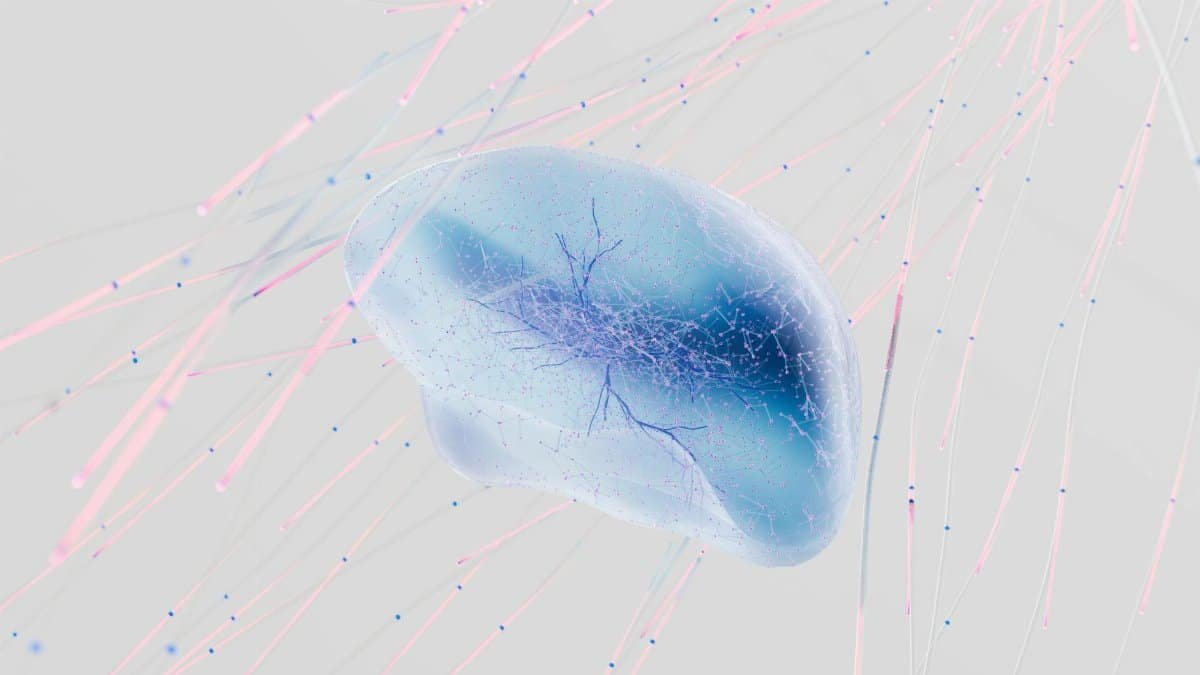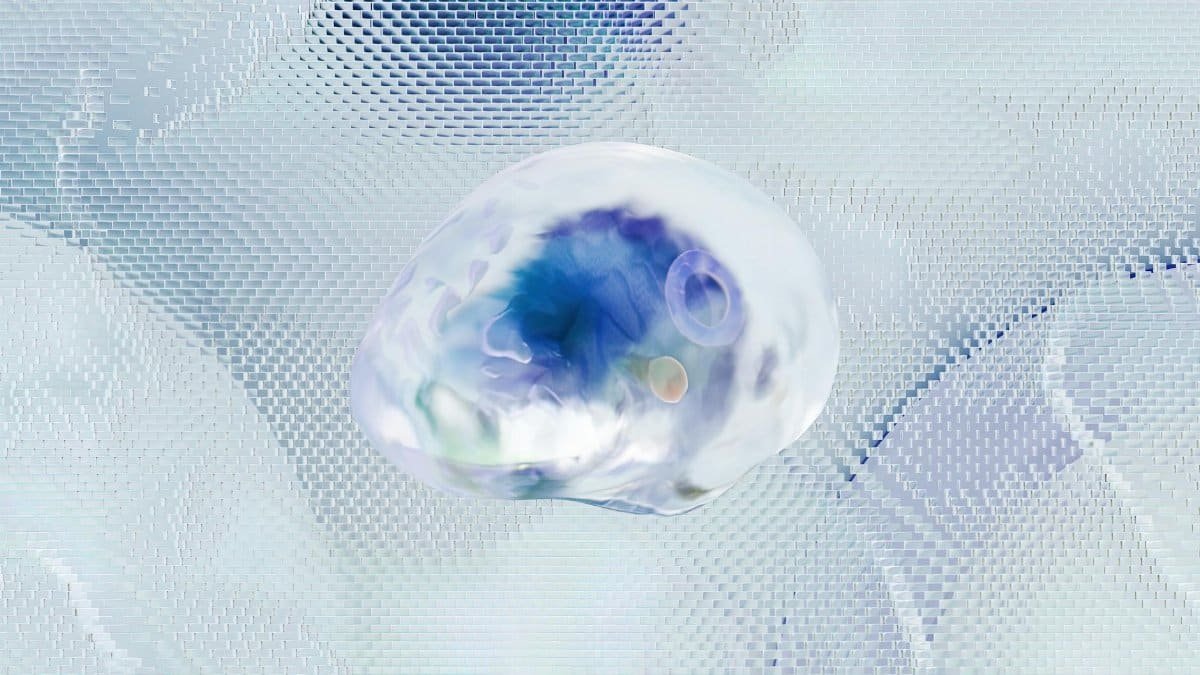Imagine a quiet morning, the kind where the world hasn’t yet fully woken up. A small group gathers in a community center in Portland, their voices soft as they share what they’re thankful for—a warm meal, a kind word, a moment of peace. This simple act, often dismissed as mere sentiment, is more than it seems. It’s a window into the profound connection between science, brain function, and gratitude rituals. Decades of research now show that these practices don’t just lift spirits; they rewire neural pathways, offering measurable benefits for mental health. In a time when stress and disconnection dominate so many lives, understanding how science brain gratitude rituals work could be a quiet revolution for well-being in 2025.
The Neuroscience of Gratitude

Gratitude isn’t just a fleeting emotion. It’s a neurological event. When someone expresses or even thinks about what they’re thankful for, their brain lights up in specific ways. Studies from the University of California, Berkeley, reveal that gratitude activates the prefrontal cortex, the region tied to decision-making and emotional regulation. This activation can dampen activity in the amygdala, often called the brain’s fear center, reducing anxiety over time. A landmark 2016 study published in Frontiers in Psychology found that consistent gratitude practices increased gray matter density in areas linked to empathy and stress relief.
Think about that for a moment. A simple habit—jotting down three things you’re grateful for each day—can physically reshape how your brain processes the world. It’s not magic; it’s neuroplasticity at work. This restructuring helps explain why people who engage in science brain gratitude rituals often report feeling calmer and more connected, even amidst chaos.
How Rituals Amplify the Effect

Not all gratitude is created equal. While a passing “thanks” might feel good, structured rituals—repetitive, intentional acts—seem to turbocharge the brain’s response. Whether it’s a nightly reflection, a shared family moment before dinner, or a mindfulness exercise, rituals create consistency. That repetition matters. Research from the University of Southern California, detailed in a 2020 paper from The Journal of Neuroscience, shows that habitual behaviors strengthen neural pathways more effectively than sporadic ones. Rituals turn gratitude into a mental muscle memory.
Consider a woman in her fifties, anonymously sharing her routine in a public forum. Every evening, she lights a candle and writes a short note about one positive interaction from her day. Over months, she noticed her outlook shifting—small annoyances didn’t sting as much. That’s the power of ritual: it embeds gratitude into the brain’s wiring through deliberate repetition.
Stress Reduction Through Neural Rewiring

Modern life is a pressure cooker. Work deadlines, family demands, and endless notifications keep cortisol—the stress hormone—surging. Yet science brain gratitude rituals offer a counterbalance. A 2015 study by Indiana University, reported in Social Cognitive and Affective Neuroscience, found that individuals who practiced gratitude for just three weeks showed lower cortisol levels during stressful tasks. Their brains had adapted, becoming less reactive to perceived threats.
This isn’t just lab data. It plays out in real lives. Picture a middle-aged teacher in Chicago, juggling lesson plans and parent meetings. After starting a morning gratitude journal, he found himself pausing before snapping under pressure. His brain, trained by ritual, began defaulting to calm over chaos. That shift, backed by science, highlights how gratitude can act as a buffer in a relentless world.
Boosting Social Bonds and Dopamine

Humans are wired for connection, and gratitude rituals tap into that instinct. Expressing thanks—whether to a friend or in a group setting—triggers a release of dopamine, the brain’s reward chemical. A 2019 study from the National Institutes of Health, accessible via NIH News, showed that acts of appreciation create a feedback loop. The more gratitude you express, the more your brain craves those positive social interactions.
This effect ripples outward. Families who share gratitude at the dinner table often report feeling closer. Friends who exchange small tokens of thanks build trust. The brain’s reward system reinforces these bonds, making gratitude not just personal but communal. In 2025, as social isolation remains a concern for many Americans, these rituals could be a subtle antidote to loneliness.
Challenges in Making It Stick

Despite the benefits, adopting science brain gratitude rituals isn’t always easy. Life gets in the way. Skepticism does too. Some dismiss it as fluffy self-help, while others struggle with consistency amid packed schedules. There’s also the emotional hurdle: for those grappling with depression or loss, finding something to be thankful for can feel forced or even painful.
Researchers acknowledge this friction. Studies suggest starting small—think one sentence of gratitude a day—rather than aiming for elaborate rituals. The key is authenticity. Forcing positivity backfires, potentially increasing stress. Instead, focusing on genuine, specific moments of thanks, no matter how minor, keeps the practice grounded. It’s less about perfection and more about persistence.
Practical Ways to Build the Habit

So, how does one start? The beauty of science brain gratitude rituals lies in their flexibility. Begin with a notebook by your bedside—each night, scribble down one thing that went well. It could be a coworker’s smile or a quiet cup of coffee. If writing isn’t your style, try a verbal ritual. Share a moment of thanks with a partner or friend each day. Apps can help too, offering prompts to spark reflection.
For those who thrive on structure, tie gratitude to an existing habit. Pair it with brushing your teeth or waiting for the kettle to boil. The brain loves association; linking gratitude to a daily cue makes it stick. Over time, these small acts build into a rhythm, quietly reshaping how you see the world. The science backs this up—consistency, even in tiny doses, yields results.
A Broader Cultural Shift

Gratitude rituals aren’t just personal experiments; they’re gaining traction across the U.S. Schools in states like California are weaving gratitude exercises into curricula, hoping to bolster students’ resilience. Workplace wellness programs are following suit, encouraging teams to share weekly appreciations. While data on long-term cultural impacts is still emerging, early feedback suggests these practices foster environments of trust and empathy.
Yet, there’s a tension here. Not everyone buys in. Some view gratitude as a Band-Aid for deeper systemic issues—inequity, burnout, mental health crises. Others worry it’s being commercialized, stripped of meaning by trendy apps or corporate mandates. Navigating this balance, between genuine practice and cultural hype, will shape how science brain gratitude rituals evolve in the coming years.
Looking Beyond the Self

Gratitude’s power extends past individual brains. When practiced collectively, it can reshape group dynamics. Think of a community hit by hardship—neighbors coming together to acknowledge small victories, like a rebuilt home or a shared meal, often find renewed strength. These rituals, rooted in science, remind us of a fundamental truth: appreciating what’s here, right now, can ground us amid uncertainty.
As research continues to unfold, one thing is clear. Gratitude isn’t a cure-all, but it’s a tool—one that’s accessible, adaptable, and backed by hard data. For middle-aged Americans juggling endless responsibilities, it offers a pause, a chance to reframe. In a fractured world, that’s no small thing. It’s a quiet act of rewiring—not just the brain, but the way we move through life.
